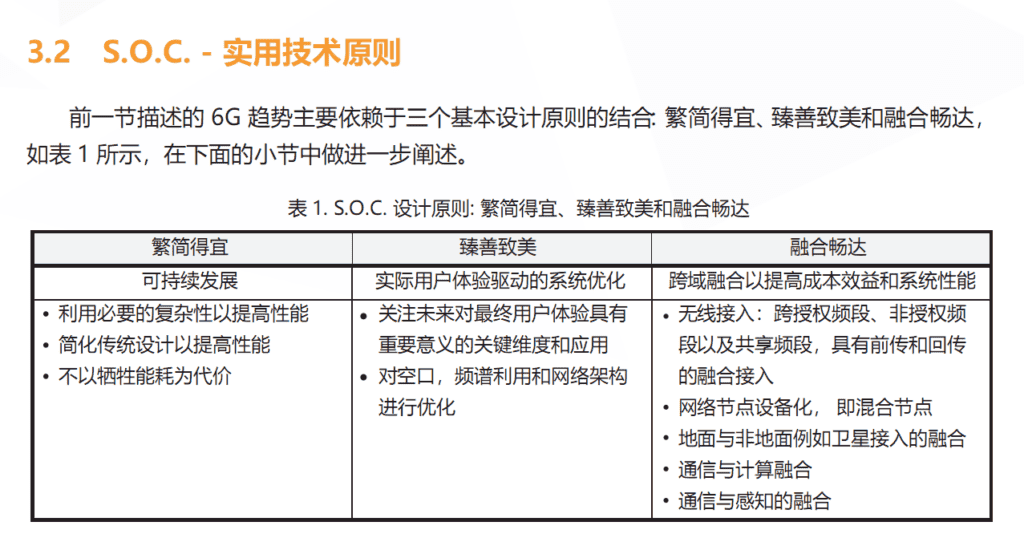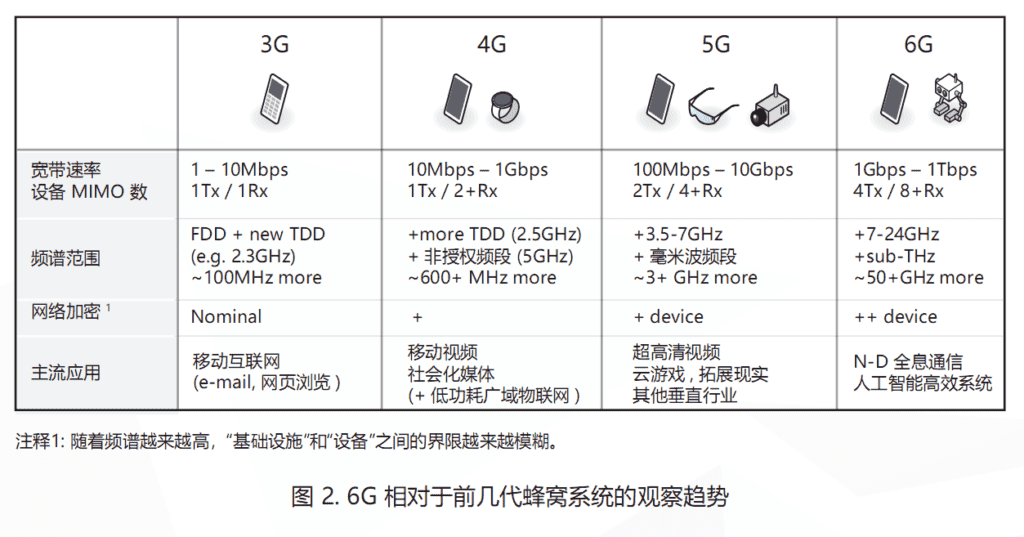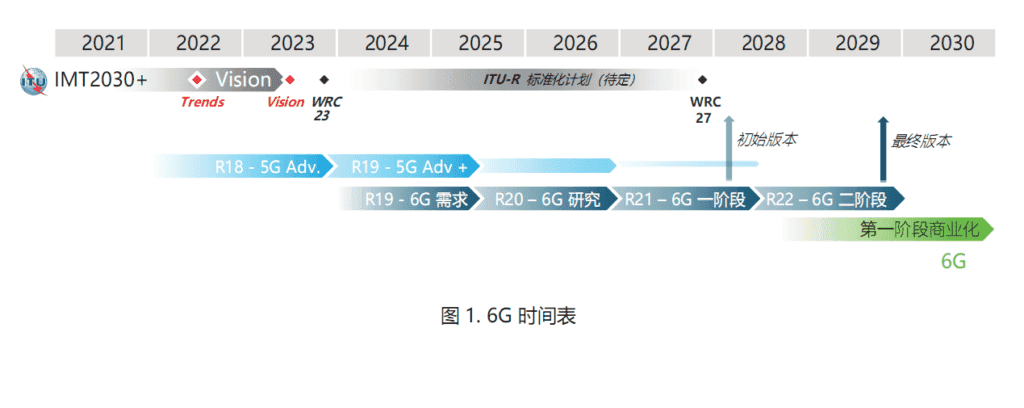The popularity of 5G is in full swing, and 6G-related research has already been launched. Standards organizations, communication agencies, operators, and mobile manufacturers are all actively deploying. On January 18, MediaTek released a detailed “6G Vision White Paper“, based on the three major themes including timetable, key technology trends, and engineering realization factors. The paper shows MediaTek’s vision for the future 6G era, its proposal, and its definition. The company’s three basic principles for the 6G system is “SOC”

S for Simplexity
MediaTek believes that on the one hand, the 6G standard should simplify traditional designs to improve efficiency, and on the other hand, it should trade moderate complexity for higher system performance. The company will strike a balance between complexity and simplicity and pursue better unit performance. It will also focus on energy consumption and contribute to global carbon emission and carbon neutrality.
O for Optimization
In MediaTek’s view, the optimization of 6G systems should be oriented to user experience. It is expected to be optimized in three new key directions, namely heterogeneous wireless access architecture, artificial intelligence, and machine learning. There will also be a need for cross-border integration for complex applications.
C for Convergence
MediaTek proposed that the fusion concept includes support for full-band access. It also includes the fusion between equipment and network nodes and the fusion of multiple wireless access technologies. Furthermore, a fusion of terrestrial and non-terrestrial networks and a comprehensive fusion of communication, perception, and computing will be part of the 6G system. With this, MediaTek can maximize the benefits of the technology scale, improve the cost-effectiveness of 6G networks and equipment, and enhance the performance of 6G systems.

6G technology trends
In response to the key trends of 6G mobile communication, MediaTek also put forward a number of core points:
1. There will be new killer applications, such as extreme holographic and haptic communications, digital twins, advanced remote services, etc. These will further drive the market demand for system performance.
2. Data transmission rate will increase to 10-100 times that of 5G, while ensuring ultra-low latency.
3. New spectrum availability in the 7-24GHz and Sub-THz frequency bands. This will increase the total available bandwidth to more than 50GHz to support extreme application services. However, it must also overcome the attenuation of high-frequency band propagation.
4. Will address some issues that 5G does not solve. Some of these issues include increasing low-band capacity, overcoming propagation attenuation in new frequency bands, and indoor base station deployment costs.
5. To achieve ubiquitous global connectivity as well as to improve use cases and applications

MediaTek predicts that the preliminary standardization work of 6G may start around 2024/2025. The first version of the specification should arrive around 2027/2028. After two stages of evolution, the initial commercialization should commence around 2029-2030.







